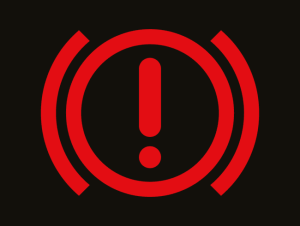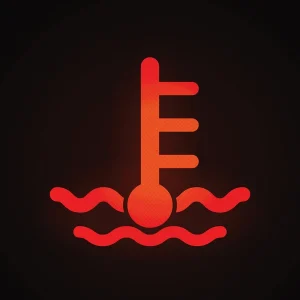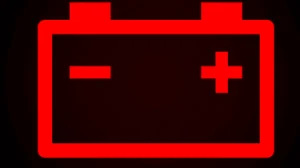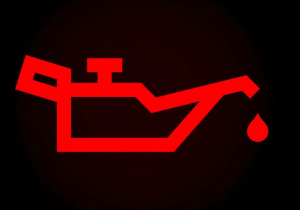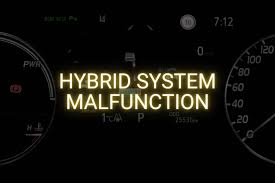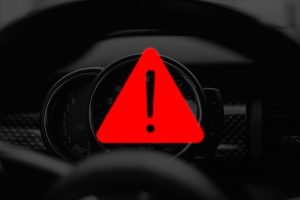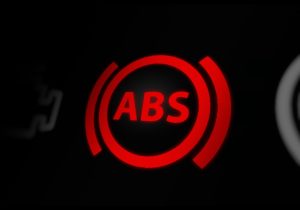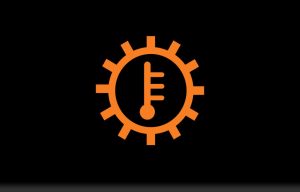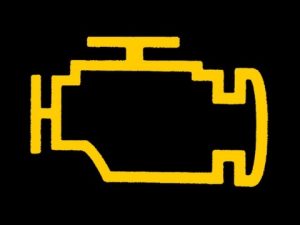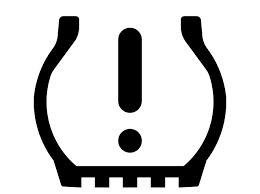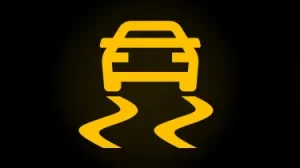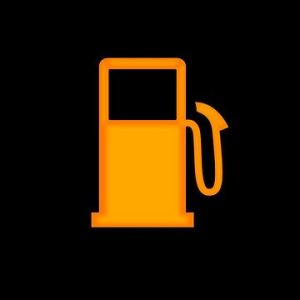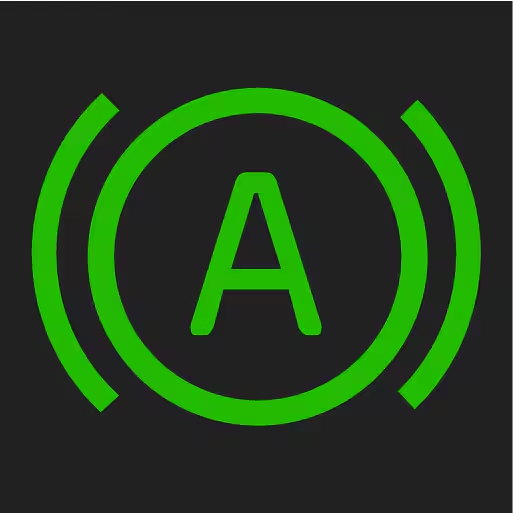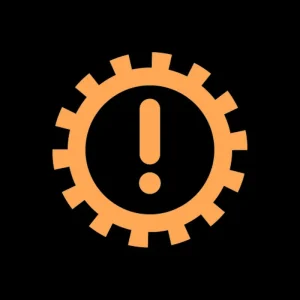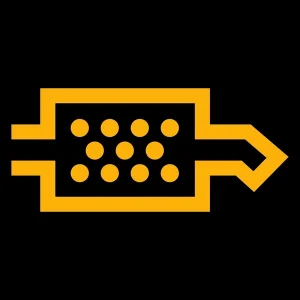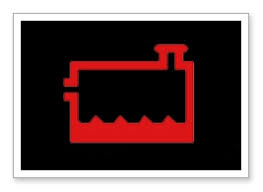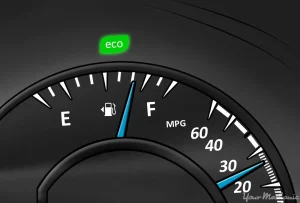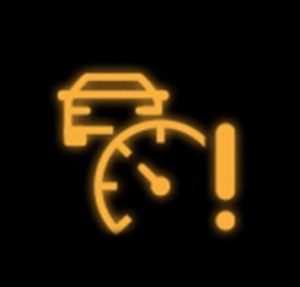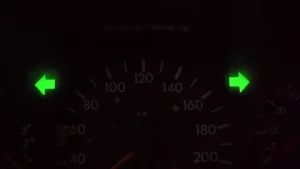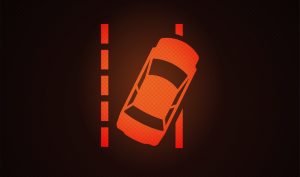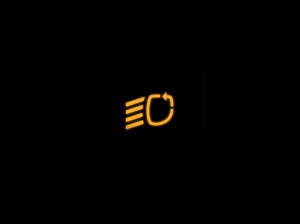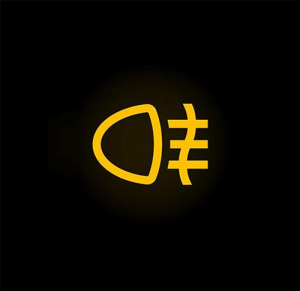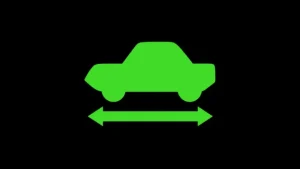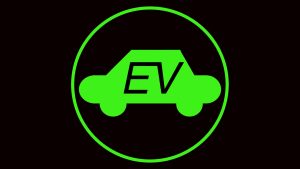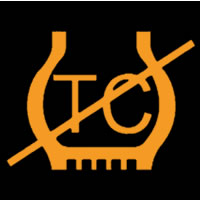Understanding dashboard warning lights in your Lexus NX is essential for maintaining vehicle safety, as they alert you to potential issues that could lead to accidents or breakdowns if ignored. Promptly addressing these lights helps prevent costly repairs and ensures the car’s systems function optimally. By familiarizing yourself with them, you can respond quickly to problems and keep your driving experience reliable.
Quick Navigation
Red Warning Lights (Stop Immediately)
These lights signal critical issues requiring you to pull over safely right away to avoid damage or danger.
Brake System Warning
This light appears when brake fluid is low or there’s a failure in the braking system. Stop the car immediately in a safe spot and call for roadside help or a mechanic, as driving could be unsafe.
High Coolant Temperature
It warns of engine overheating, often from low coolant or a cooling system fault. Pull over safely, turn off the engine to cool down, and contact a service center before driving again.
Charging System Warning
Indicates a problem with the battery or alternator, which could cause the car to lose power. Stop the vehicle right away in a secure area and seek professional inspection to prevent stranding.
Low Oil Pressure
Signals low engine oil level or pressure issues, risking engine damage. Stop driving at once, check the oil if possible, and have it towed to a repair shop for fixes.
Power Steering Warning (Red)
Means a major fault in the power steering system, making steering difficult or impossible. Halt the vehicle safely and get it checked by a dealer immediately to restore control.
SRS Airbag Warning
Alerts to a malfunction in the airbag or seat belt pretensioner system, which might fail in a crash. Stop and have the vehicle inspected urgently at a service center for safety.
Hybrid System Overheat (Hybrid Models)
Shows the hybrid components are too hot, possibly from overuse or a fault. Pull over to let it cool and contact a dealer, as continued driving could damage the system.
Master Warning Light (Red)
Indicates a serious system error, often with a message on the display. Stop the car safely and address the specific issue shown, or consult a professional right away.
Seatbelt Reminder
Flashes if the driver or passengers aren’t buckled up, increasing injury risk in accidents. Stop and ensure all seatbelts are fastened before proceeding.
Open Door Warning
Appears when a door, trunk, or hood is not fully closed, which could lead to items falling out or distractions. Pull over, secure all openings, and resume only when the light turns off.
ABS Warning (Red Context)
Warns of a critical anti-lock brake system failure, affecting stopping ability. Stop immediately and have it towed to a repair facility, as brakes may not work properly.
Low Brake Fluid
Similar to brake warning, it points to insufficient fluid levels causing poor braking. Cease driving, check levels if safe, and seek immediate mechanical help.
Transmission Overheat
Signals the transmission is too hot, often from heavy load or fault. Pull over to cool it down and visit a service center to prevent gear damage.
Yellow/Amber Warning Lights (Action Required Soon)
These indicate problems that need attention soon, but you can usually drive to a safe location or service center.
Check Engine Light
Appears for engine or emission issues, like sensor faults or fuel problems. Drive carefully to a mechanic for diagnostics and repairs to avoid further damage.
Tire Pressure Monitoring System (TPMS)
Warns of low tire pressure or a puncture, affecting handling. Check and inflate tires soon, or visit a shop if it persists or flashes.
Slip Indicator (VSC/ESP)
Shows the vehicle stability or traction control is active or faulty, slipping on roads. Adjust driving and get it checked if it stays on.
Low Fuel Warning
Alerts when fuel is nearly empty, with about 2.6 gallons left. Refuel at the next station to prevent running out and stranding.
Brake Hold Warning
Indicates a problem with the automatic brake hold feature. Release and re-engage it, or have it serviced if the issue continues.
Transmission Warning
Points to gear or fluid issues in the transmission. Avoid heavy driving and get it checked to prevent breakdowns.
DPF Warning (Diesel Models)
Warns of diesel particulate filter clogging from soot buildup. Drive at highway speeds to regenerate, or see a mechanic if it remains.
Glow Plug Indicator (Diesel Models)
Shows glow plugs are heating for cold starts; if it stays on, there’s a fault. Wait for it to turn off, or service if persistent.
Coolant Level Warning
Alerts to low coolant, risking overheating. Top up coolant when engine is cool and monitor for leaks; service if needed.
Eco Mode Indicator (Fault)
If flashing, eco mode isn’t functioning correctly. Switch modes and have the system diagnosed at a service center.
Green Indicator Lights (Information Only)
These provide status updates on active systems and don’t require action unless specified.
Cruise Control
Shows adaptive cruise control is engaged, maintaining speed. Adjust as desired; it’s for highway convenience.
High Beam Indicator
Indicates high beam headlights are active for better night visibility. Switch to low beams when oncoming traffic appears.
Turn Signal Indicators
Flash when turn signals are on, signaling direction changes. They turn off automatically after turns.
Lane Departure Alert
Informs that lane-keeping assist is monitoring and active. It gently corrects if you drift without signaling.
Headlight On
Confirms headlights are illuminated for low-light conditions. Auto mode handles this usually.
Fog Light Indicator
Indicates front or rear fog lights are on for poor visibility. Turn off when conditions improve.
Hybrid Ready (Hybrid Models)
Signals the hybrid system is ready to drive, blending gas and electric power. Proceed normally.
EV Mode (Hybrid Models)
Shows pure electric mode is active for quiet, zero-emission driving. It switches automatically.
Traction Control On
Confirms traction control is enabled, aiding grip on slippery surfaces. No changes required.
When looking at Lexus, make sure to check out our guides on models like the Lexus RC, Lexus LC, Lexus LS, and LEXUS RX. Understanding dashboard warning lights is essential. Our expert reviews break down what each light means, highlighting common alerts for these models and what they could signal about underlying issues, so you’re never left guessing behind the wheel.

